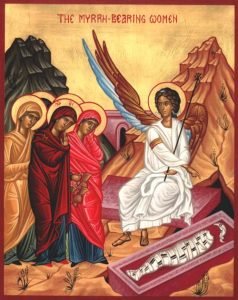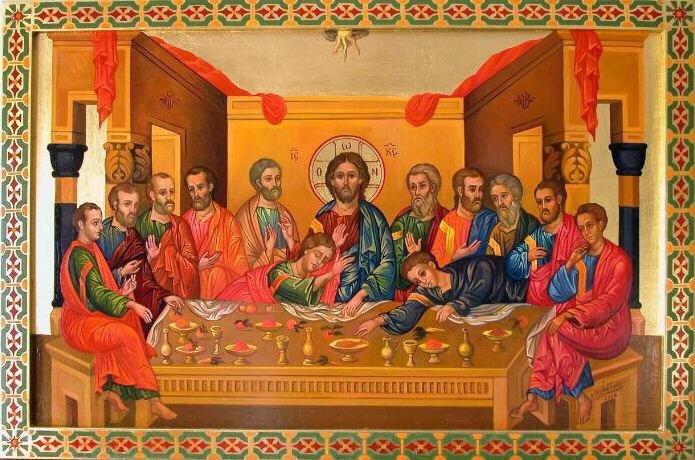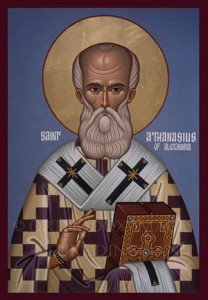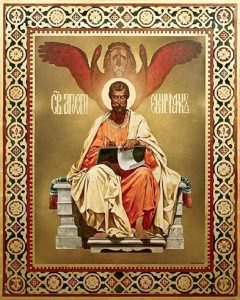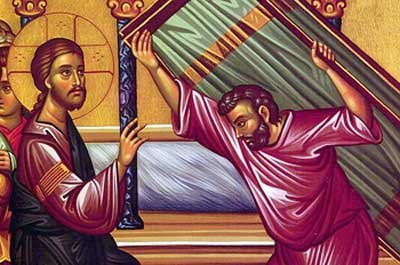 At the beginning of this fourth Paschal Week, that of the Paralytic Man, our readings are again taken from the Acts of the Apostles and St. John’s Gospel. Interestingly enough, both readings report cures of paralysis. In Acts, Peter cures a paralyzed man and in John Jesus cures a paralyzed man. Of course the big difference between the two miracle stories is that Peter cures the man in the NAME OF JESUS. Peter declares, “Aeneas, Jesus Christ cures you! Get up and make your bed.”
At the beginning of this fourth Paschal Week, that of the Paralytic Man, our readings are again taken from the Acts of the Apostles and St. John’s Gospel. Interestingly enough, both readings report cures of paralysis. In Acts, Peter cures a paralyzed man and in John Jesus cures a paralyzed man. Of course the big difference between the two miracle stories is that Peter cures the man in the NAME OF JESUS. Peter declares, “Aeneas, Jesus Christ cures you! Get up and make your bed.”
With both readings conveying a story about the cure of paralysis, it is easy to get distracted and think that the cure of this malady has some real symbolic meaning. While I believe that this can be one possible interpretation, especially since our Eastern Church calls this the week of the paralytic man, I also think that other meanings can be discerned from these readings.
Consider this. In the story that John presents, Jesus cures the paralytic man on the Sabbath. This is the reason that precipitates controversy with the Jewish leaders. A specific rabbinical law prohibited the carrying of one’s bed on the Sabbath. The complaint of the Jewish leaders is not yet against Jesus, but against the action of the man who had been cured. His justification is implicit in his reply: If Jesus could perform this cure, surely it was proper to obey his command in this matter.
In this section of his Gospel, John uses several visits of Jesus to Jerusalem on the great Jewish feasts as the occasion to show that in Him the aspirations of Judaism, symbolized by these feasts, found a greater significance. This account is but one of a series of “signs” presented by John that manifest Jesus’ role as life-giver.
In Acts Jesus’ role as life-giver is again emphasized with Peter calling upon Jesus’ name to cure the man. There is great power in the very name of Jesus. He is the physical manifestation of God Himself.
One of the messages, therefore, that I derived from these readings is a reiteration of a message I have thought about before, namely that the way of living that Jesus calls us to is truly life-giving and transforming. To live with unconditional love for others, changes your life. To make Jesus’ way of living your personal way of living brings peace, contentment and understanding.
When you embrace the Jesus way of living, which is not based on how others act or respond to up, you experience true freedom – you become your own person. Why? Because you chose how you live, think and act! You don’t allow others to control your life! You don’t allow the events of life to change who you are! That, in my estimation, is true freedom. Jesus showed us how to truly become the persons God intended when He created us.


